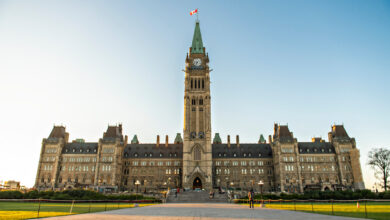Despite Anticipation on Interest Cuts, Fed Likely to Have ‘Little Urgency’
The Federal Reserve will likely move closer Wednesday to cutting its key interest rate after nearly two years of hikes that were intended to fight the worst inflation in decades. Yet it may not provide much of a hint about when, or how fast, it will do so.
Though Fed officials are expected to cut rates within the next few months, they’ll likely signal Wednesday that they expect to wait until they’re confident that inflation, which has tumbled from its peak, is reliably moving to their 2% target. The central bank’s benchmark rate influences the cost of most consumer and business loans, and companies, investors and individuals have been eager for the central bank to ease the cost of borrowing.
The Fed is assessing the economy at a time when the intensifying presidential race is pivoting in no small part on voters’ perceptions of President Joe Biden’s economic stewardship. Republicans in Congress have tried to tie Biden to the high inflation that gripped the nation beginning in 2021. But the most recent surveys indicate rising confidence in the economy.
Most Fed watchers think the central bank’s first rate reduction will occur in May or June. Late last year, Wall Street investors had bet that a rate cut in March was a near-certainty. But cautionary comments by a number of Fed officials have dispelled most expectations for a cut that soon.
Collectively, the policymakers likely feel little urgency to start cutting rates, a point that Chair Jerome Powell may stress in a news conference Wednesday. The economy remains healthy and doesn’t appear to need the stimulative benefits of a rate cut, which can spur more borrowing and spending and could even re-ignite inflation.
In addition, the stock market is near a record high, and the yield on the influential 10-year Treasury note, at just above 4%, is well below its peak of nearly 5% last fall. Average long-term mortgage rates, which typically track the 10-year yield, have dropped from nearly 8% to about 6.7%.
“The Fed’s probably thinking they’re not really in any rush, there’s no need to really rush into cutting rates,” said Subadra Rajappa, head of U.S. rates strategy at Société Générale, a French bank. “That’s why the markets started to question the March rate cut.”
The economy expanded faster than expected in the final three months of the year, the government said last week. Its report showed that growth reached a surprisingly strong 3.3% annual rate, far higher than expected, after a 4.9% pace of expansion in the July-September quarter.
Click here to read the full report from the Associated Press.




